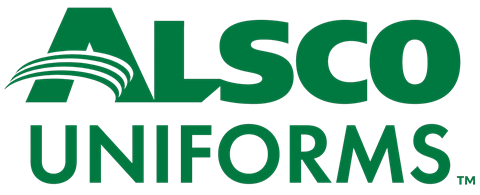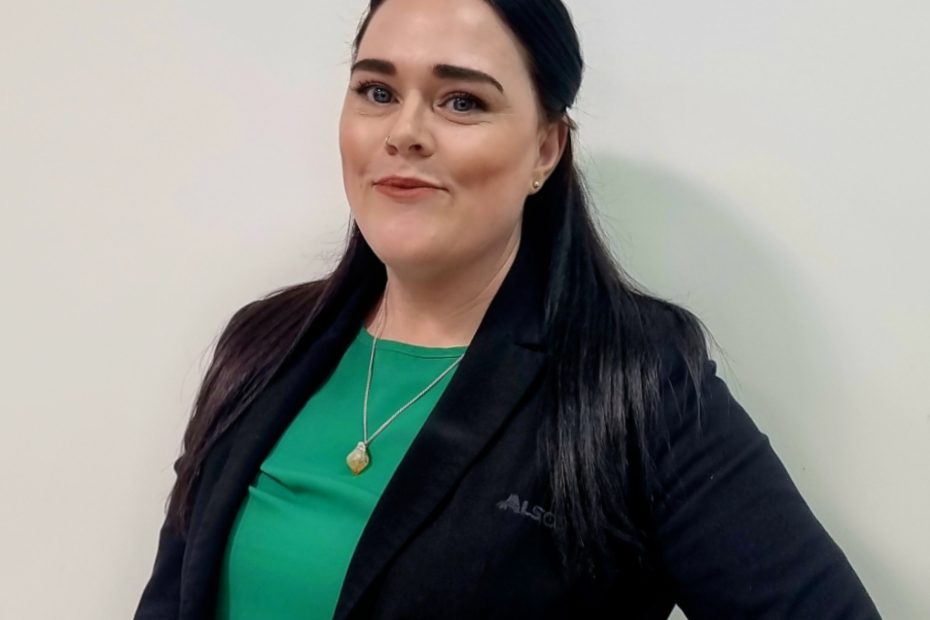You can, if you want, include the over-the-counter medicine into your first aid kits, but this is not necessary. According to the Health and Safety at Work (General Risk and Workplace Management) Regulations 2016, medicine is not required.
However, it is not definitely concluded whether these types of pain relief pills should be kept in first aid kits.
Those who are pro pain relief medicine in the first aid kits argue that this is necessary for those workplaces that are very far away from the pharmacies and the medical institutions.
They also claim that people buy and use these types of medications freely, anyway, so having them within the reach doesn’t make any difference.
Those who are against the pain relief medicine in the first aid kits argue that every kind of medicine should be given, prescribed or administered by a medical professional. They say that people in the case of emergency should not use pain killers freely since a proper diagnosis needs to be given first.
The law says that this is up to the employer to decide. Therefore, if you want first aid kits that contain pain relief medications, you can have them, but it is advisable to practice caution.
Alsco New Zealand offers rental service for first aid kits. We offer fully stocked first aid kits, packed with supplies of your choice, so they match your company needs. Get your first aid kits today.
What Is Needed in a First Aid Kit?
So, if there are no medicines required in a first aid kit, what is? The contents of the first aid kit can be classified into three categories:
- Sterilisation and sanitisation supplies
- Wound dressing supplies
- Resuscitation supplies
- Other supporting tools and supplies
Sterilisation and sanitisation supplies are needed to reduce the chances of infections and cross contamination. Especially in the case of open wounds, it is essential to keep them sterile. For that purpose, you should stock saline solution, wet wipes and hand sanitisers.
Saline solution is used to keep the wound sterile and to wash out any outside dirt and dust that many have come in contact with the open wound. The wet wipes and hand sanitisers are used to sanitise the first aider’s hands so that the contamination is prevented.
Wound dressing supplies are among the first things that come to one’s mind when somebody mentions the first aid kits. They include adhesive dressings, wound dressings, bandages and eye pads.
- Adhesive dressings should be in assorted sizes and you need at least 20 of them. They are very handy and easy to use. However, you need to make sure they are individually packed, so you avoid de-sterilising them.
- Wound dressings should be in at least two sizes. One size can be the square dressing of 12 cm. Take 6 of those. The other size is 18 cm and two of such square dressings is quite enough.
- Bandages can be stretch and regular, triangle bandages. They need to be packed separately, and you need two of each kind. There are bandages tailored especially for the eye wounds. Bandages are used to position the wound dressing in place and protect it from the outside influences. Those are the eye patches.
Resuscitation supplies are actually the resuscitation mask. It can be used in combination with a portable AED, but it is used mainly as the addition to the CPR compressions. By placing it over the patient’s mouth and nose, you can help them maintain the breathing rhythm without contaminating them with your viruses and bacteria.
Other supporting tools and supplies can include scissors and tweezers. You can use them to cut the supplies like dressings and bandages into appropriate sizes and to open the packages. Avoid using your teeth because you can contaminate the supplies accidentally.
If there are foreign objects in somebody’s ear, eye or splinters in the skin, tweezers can help a lot. That is why it is useful to include them in the first aid kit. Gloves are obviously for the protection of your hands while the claps and safety pins are there to help keep the bandages attached and positioned well.
What Is First Aid Equipment?
Besides the first aid kit with its basic supplies, you may want to boost your first aid efforts and acquire additional first aid equipment. This can include the stretches and trolleys, for example, if you have the first aid room or if your industry is high risk and collapses and faints can happen.
This can include:
- Oxygen therapy units and the like.
- Eyewash stations
- Defibrillators
Oxygen therapy units are a precious addition to the CPR efforts. They ensure that the oxygen easily reaches the victim’s bloodstream which is essential for the survival and the total recovery.
The eyewash stations are conveniently positioned stations that are used in case of eye injury. They are very easy to use and they are very intuitive. You should use them if there is any need to wash your eyes, especially if they are contaminated with some sort of chemical or you need to sanitise the eye due to injury to dress it properly.
Defibrillators or AEDs are irreplaceable items in case of cardiac arrest. They are automatic, which means you don’t need special training to use it. The first aider simply needs to open the patient’s shirt, place the AED pads on their dry skin and start the AED.
You can rent all the eyewash stations, AEDs and first aid kits from Alsco New Zealand. In that way, you don’t have to pay upfront for all the first aid supplies you need to make your workplace safe.
You just pay a flat monthly rate and get your first aid all set up. Moreover, we come to install, check and restock all the first aid kits and regularly make sure that the first aid equipment is functional and operative.
Solve all your first aid issues by contacting Alsco New Zealand. That is the most reliable and the easiest way to make sure you are 100% prepared.






